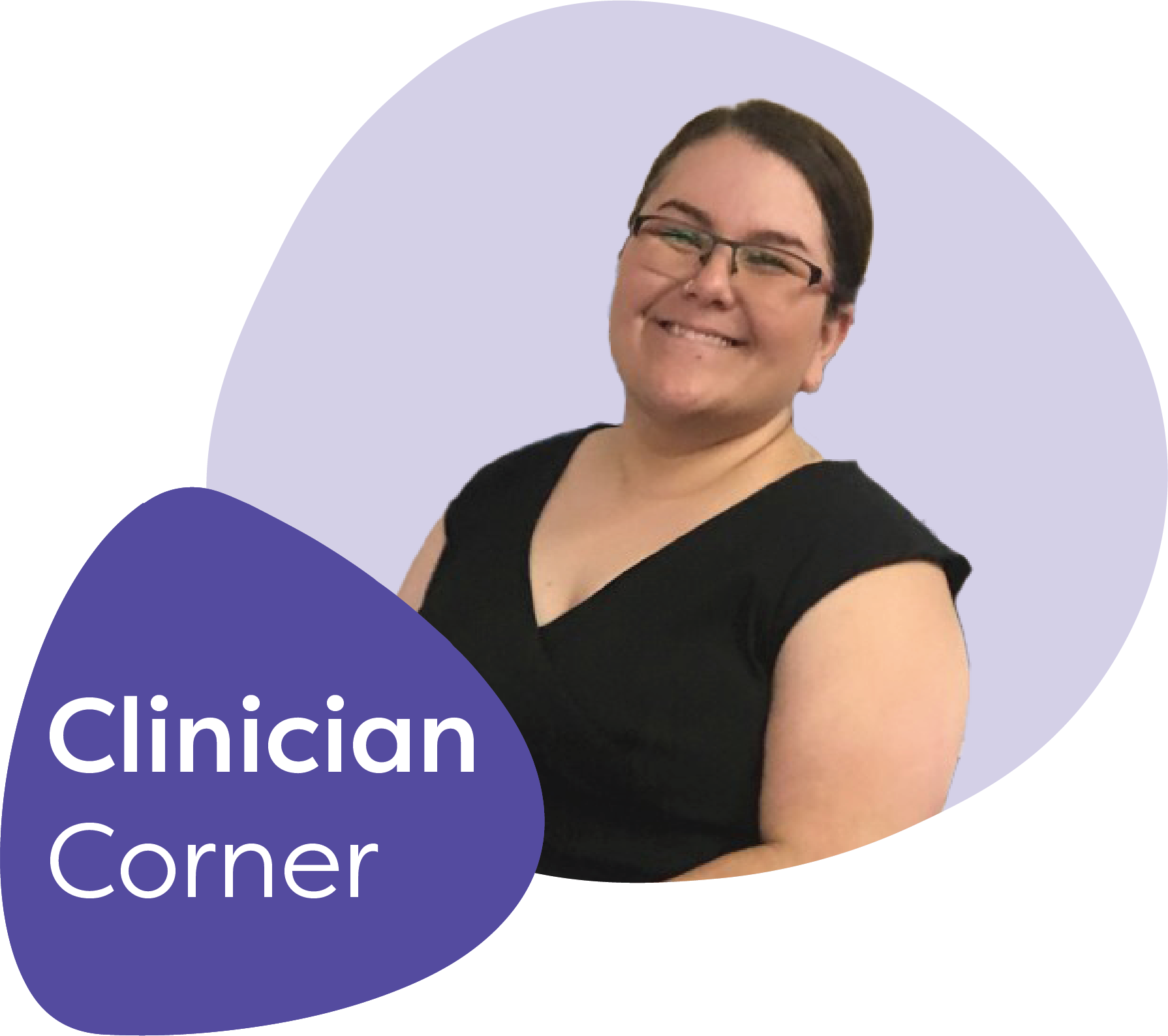Access to high-quality substance-use disorder treatment has never been more important. The opioid epidemic continues to grow and impact more and more lives, families, and communities across the country. And, healthcare organizations must include some form of medication-assisted treatment (MAT) services for patients with substance use disorders and those seeking addiction treatment.
However, building an effective MAT program at your organization doesn’t have to involve a massive overhaul of your organization’s services. Working with a dedicated telepsychiatry or behavioral health partner can help if you’re just getting started and enable you to better expand your program to meet the growing needs of your community.
Note: This piece will focus on building a standard Office-Based Opioid Treatment program (OBOT) rather than a more intensive Opioid Treatment Program (OTP). If you’re hoping to learn more about providing OTP services, including methadone clinics, check out our full whitepaper on building an MAT program.
We will also share some insights from Iris Telehealth’s Chief Medical Officer, Dr. Thomas Milam throughout this piece for further insights into substance-use disorder and treatment.
Building an MAT program from scratch
Generally speaking, you’ll want to build out an OBOT program if you’re planning on prescribing Suboxone to treat patients with opioid-use disorders (OUDs). An OBOT program will allow prescribers with an X waiver to prescribe schedule III, IV, and V controlled substances to help treat those patients.
If that kind of treatment would be a good fit for your patients, make sure to keep in mind these key considerations when building your program:
- Any providers participating in your OBOT program (i.e., prescribing these controlled substances, including Suboxone/buprenorphine) will need an X waiver. If your current providers don’t have their X waiver, they can undergo training from the DEA and apply for their waiver.
- While your provider is receiving the appropriate training for their X waiver, your organization can start building what your OBOT program would look like. Alternatively, you can hire a provider who has their X waiver and specialized experience working with patients experiencing OUD who can help support your program. Remember, working with a strategic behavioral health partner can expand your access to highly qualified providers for your program.
- To have a Suboxone program, you need to be able to refer patients to a counselor. If you don’t have internal counseling services available, you should have a formalized referral relationship with another provider or organization in your community that does.
- Plan on having clinic staff available on-site to monitor patients when they start their first day of Suboxone.
- When starting patients on Suboxone, you may initially have them come in once a week. Then you will likely see them once every three months for maintenance.
- Your OBOT program will have record-keeping requirements that your organization must meet. You’ll need to comply with 42 CFR, a federal regulation requiring an additional standard of privacy than typical HIPAA requirements. You will need to keep a log of all patients currently (or previously) prescribed Suboxone. Generally, you can keep these records in your standard EMR.
Dr. Thomas Milam, Chief Medical Officer
Challenges and opportunities you might face
The number one challenge your healthcare organization will likely face is dealing with stigma. People with substance use disorders are often the victims of stigma, stereotypes, negative portrayals in the media, and preconceived notions around what those disorders look like.
However, there are steps you can take to overcome that challenge, and it all starts with education:
- Educate your staff: Provide comprehensive education to your team. Include an overview of medications (including medications like naltrexone, which doesn’t require any special licensing or certifications for prescribers). An MAT program doesn’t have to mean a methadone clinic. MAT services can be easily and seamlessly incorporated into the work your team is already doing.
- Educate your community: It will be essential to educate your community on what substance use disorders are (and what they aren’t) and that they do not discriminate based on social status, economic status, race, or background.
- Educate your patients: Spread the word. Let your patients know about the value of your MAT services, regardless of whether they have a documented SUD. Current patients may serve as an excellent referral source for community members in need of treatment.
Remember, the most significant benefit of building an MAT program is providing a valuable service to your community that will save lives.
Dr. Thomas Milam, Chief Medical Officer
Finding the right provider for your program
As you build out your program, it’s important to ensure you hire the right provider for your patient population, the kind of substance use disorders you treat, and your organization’s culture.
Here are some best practices for finding the right provider for your MAT program:
- Make sure your provider has dedicated experience treating substance use disorders and is familiar with a wide range of treatment options.
- If your organization serves patients experiencing opioid use disorders and plans on prescribing Suboxone, you should only consider providers with their X waiver or willing to get their X waiver.
- Look for providers who have worked with patients like yours and understand the particular challenges they face.
- If your organization is in a rural or underserved community, consider utilizing a strategic behavioral health partner to open up your provider pool.
Dr. Thomas Milam, Chief Medical Officer
Leverage partners to support telehealth MAT program offerings
Fortunately, you don’t have to build out your MAT program by yourself. Behavioral health partners like Iris Telehealth can be valuable resources to help your healthcare organization source and vet potential behavioral health providers for your program.
Here are some benefits to using a partner to develop an effective MAT telehealth program:
- Leveraging partnerships that utilize telepsychiatry or virtual care will allow you to access high-quality providers from across the country who have their X waiver and can prescribe Suboxone.
- Through a dedicated partner relationship, your organization can draw on the expertise and experience of organizations and providers who have been through this exact process and have seen effective MAT programs in action.
- A behavioral health partner will be able to support the long-term, sustainable growth of your telehealth MAT program. This support will decrease the burden of recruitment and program implementation on your team.
If you’ve encountered challenges finding highly qualified providers in your area, we strongly recommend considering telehealth as an option to help you better serve your community.
Dr. Thomas Milam, Chief Medical Officer
Some key resources to get started
Countless clinics and healthcare organizations have successfully navigated this process, and you will be able to benefit from their guidance and experience. You can also on some helpful resources in the early stages of building your program.
Some resources to start with include:
- The Substance Abuse and Mental Health Services Administration (SAMHSA)
- The American Society of Addiction Medicine (ASAM)
- Providers Clinical Support System (PCSS)
Then, if you’re planning on utilizing strategic partnerships or telepsychiatry to build up your program or source highly qualified providers, Iris Telehealth can help your organization through that process. If you want to learn more about getting started, contact us today or download our comprehensive whitepaper on building an effective MAT program for more information.



